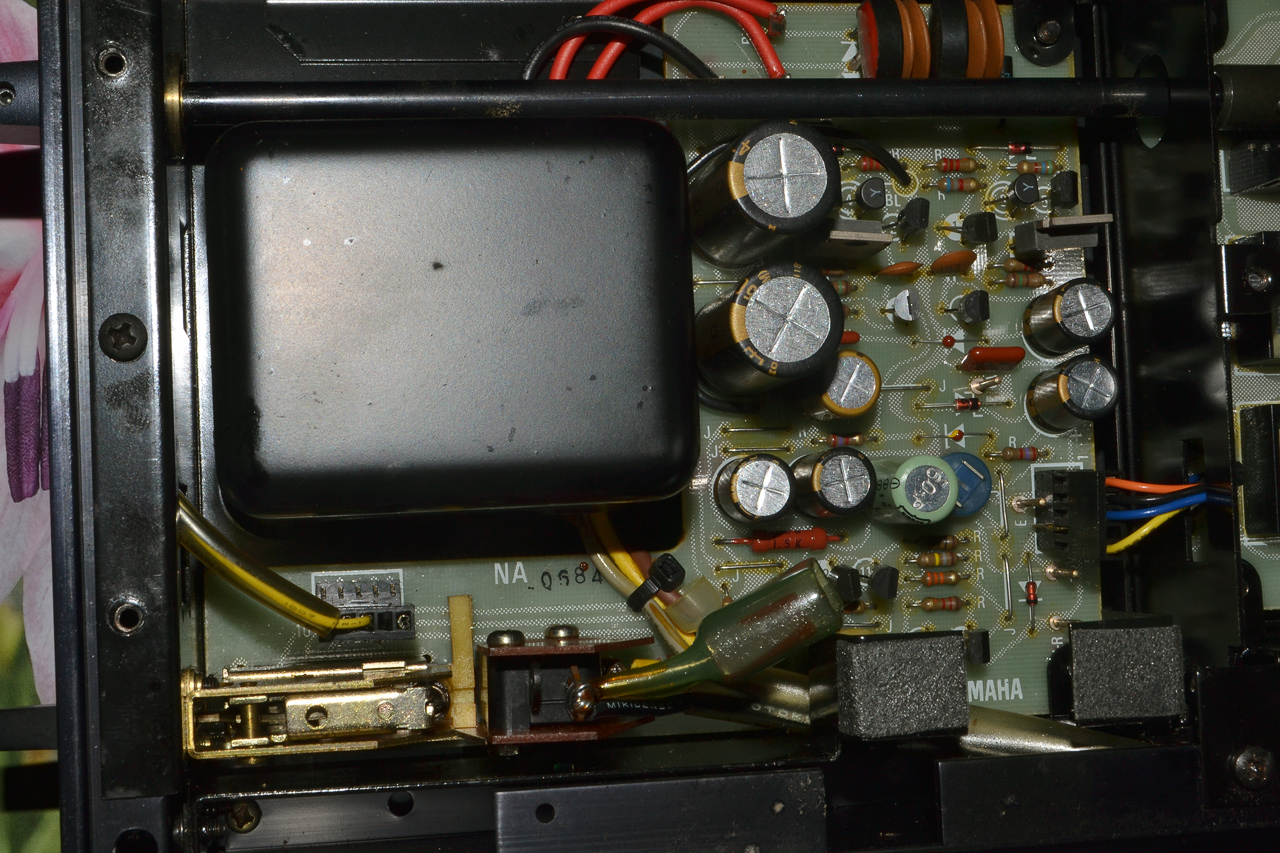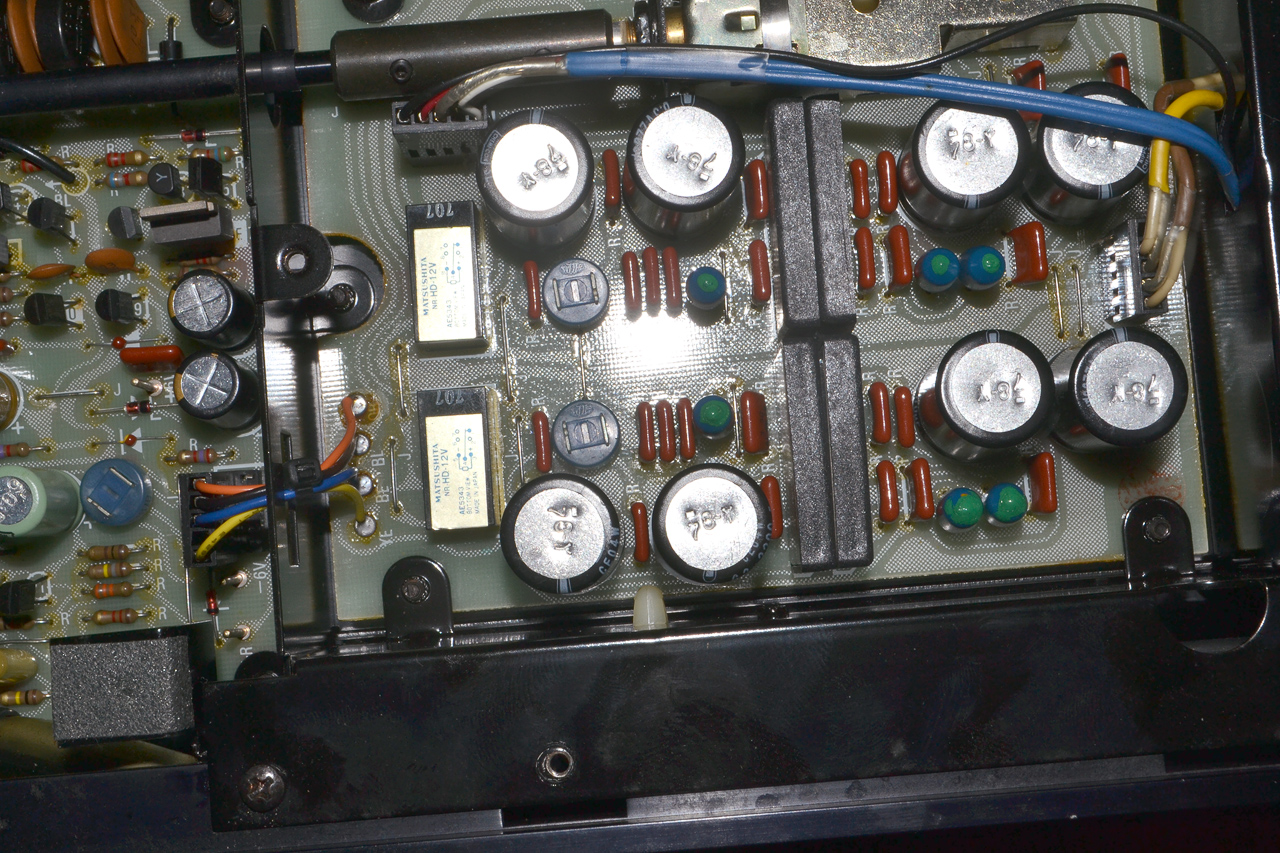I am using a Japanese head amp' using an Airlink wall wart - the only small 240V-100V transformer that I can find, in fact 240/100V transformers are hen's teeth (yes, I know that there is a 600VA TGK one on EPay at the moment).
There is very modest hum coming from the head amp' and/or the psu - obvious when not playing music, but annoying just because I know that it is there.
Is there a simple way to determine where the hum is coming from - wall wart of amp'? Is there likely to be a way to fix it, simply and at least moderately inexpensively?
There is very modest hum coming from the head amp' and/or the psu - obvious when not playing music, but annoying just because I know that it is there.
Is there a simple way to determine where the hum is coming from - wall wart of amp'? Is there likely to be a way to fix it, simply and at least moderately inexpensively?




